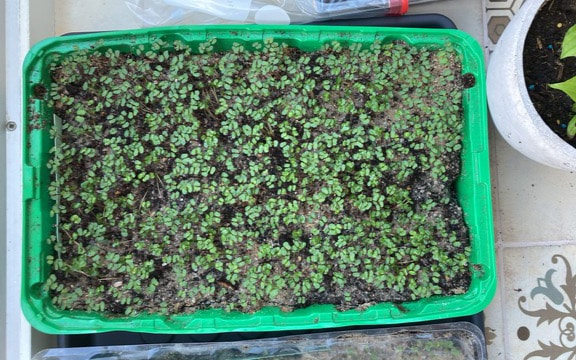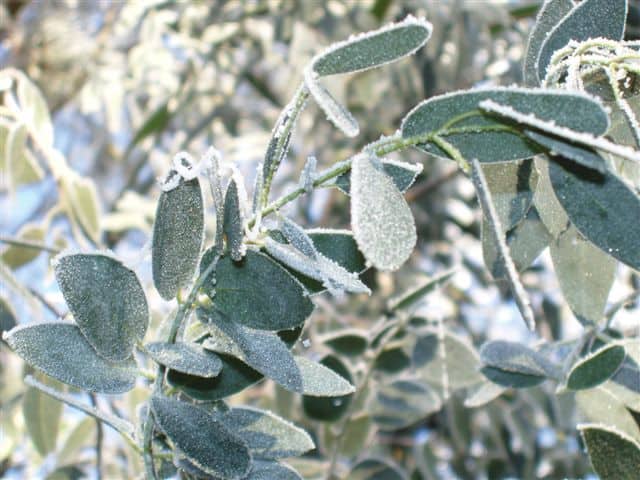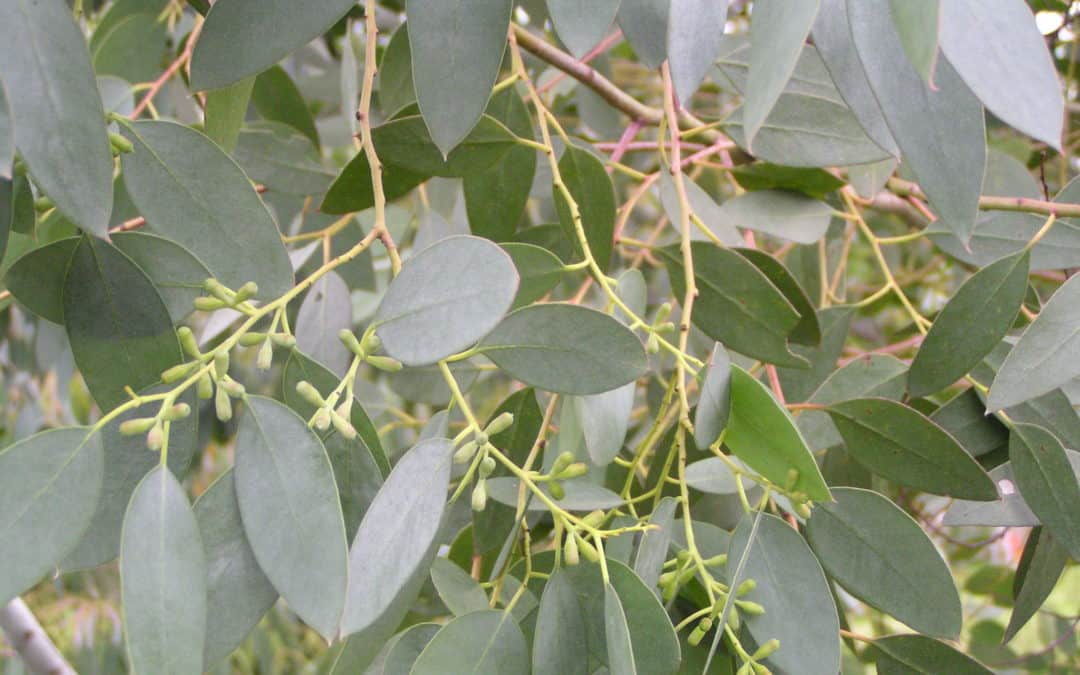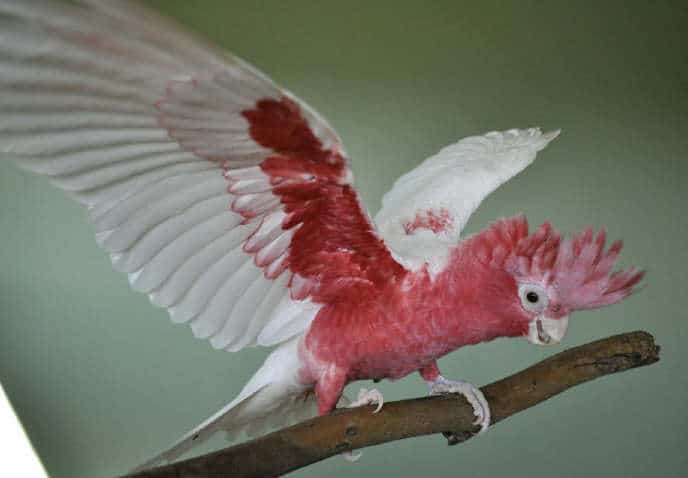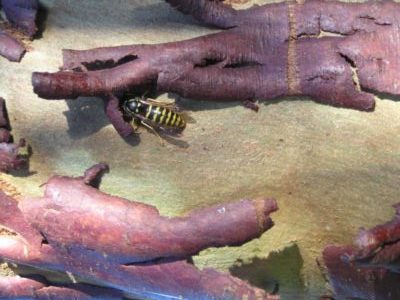For the time being, eucalyptus is mainly planted as an ornamental ornamental tree in the garden.
The main reason for this is that it is a leafy deciduous tree that you also enjoy in winter. In addition, the often scented leaves are an important reason to plant a eucalyptus. These leaves are mainly used to process in flower arrangements but you can also very well bring a steam bath with you by throat and or cold problems.
There is a growing group of people who purchase eucalyptus because they keep animals that have an interest in this for various reasons. For example Galah’s (pink kakatoes) who make the leaves their nests and would be more fertile by the smell of eucalyptus. Also certain caterpillars and walking branches are large lovers of the different eucalyptus leaves. There are several zoos in Europe that keep koalas and so are grateful customers of the eucalyptus leaf.
Beekeepers often plant eucalyptus to lure bees and then make eucalyptus honey, and there is a growing number of flower picking gardens where they are specially planted as cut green in bouquets. The branches sold at the florist often still come from England or Italy because in the Netherlands and Belgium no one grows large-scale eucalyptus for cutting green.
Printing fabrics with eucalyptus is an art separate, each species gives a different color result and each substance reacts differently to a paint process. Nowadays, clothing is even made from eucalyptuss that come from sustainably managed forests. Of the trees in these forests, Lyocell/ Tencel is made, which is again processed into environmentally responsible clothing.
And of course not to mention, eucalyptus oil! For this purpose, eucalyptus, globulus, eucalyptus, nitens, eucalyptus radiata or eucalyptus citriodora are usually used. In particular, the latter species is also widely used to make drugs for mosquitoes because of the extreme lemon smell.
Because eucalyptus has enormous growth power and needs to be pruned regularly, you can soon have enough matriaal for these various applications
People often mistakenly think that a eucalyptus in your garden would ward off mosquitoes, something unfortunately not true. There were once projects where there was a lot of still/cloudy water and therefore many mosquitoes. These areas have dried them up by planting many eucalyptuss that took all the water with which these areas have been drained. With this, of course, the mosquitoes disappeared but clearly not because of the smell of the eucalyptus but by the eucalyptus’s ability to absorb huge amounts of water!
